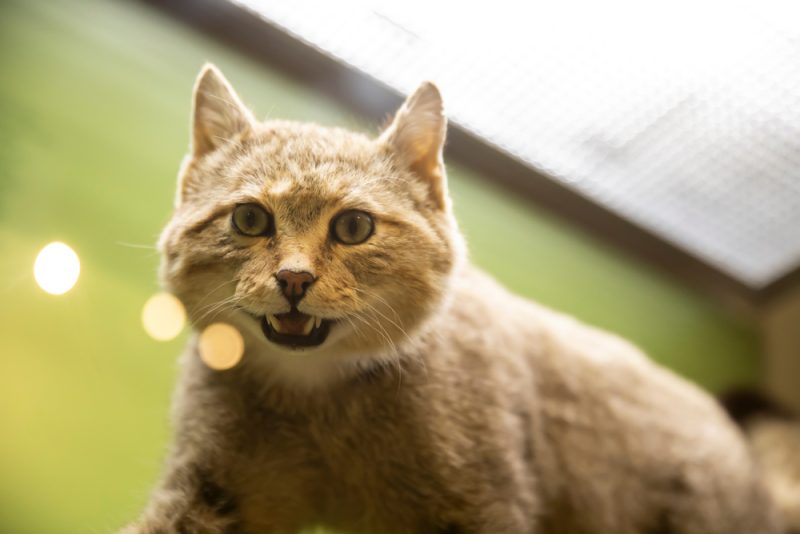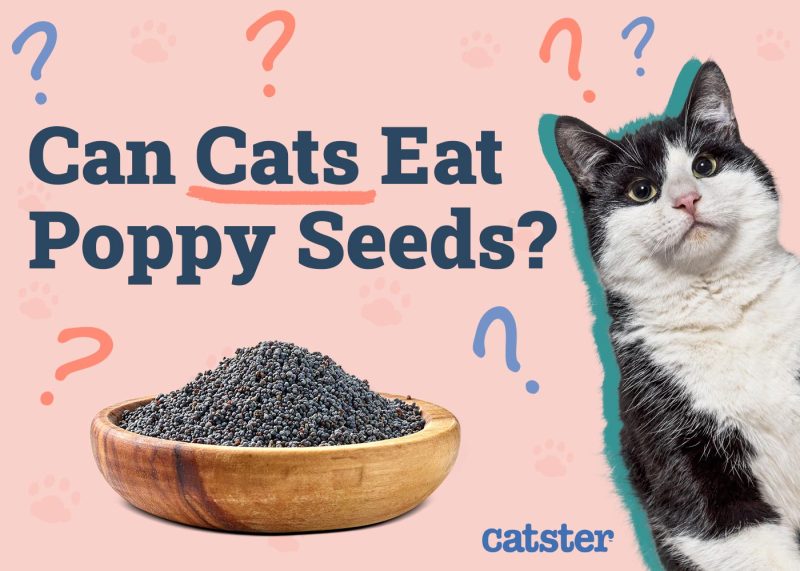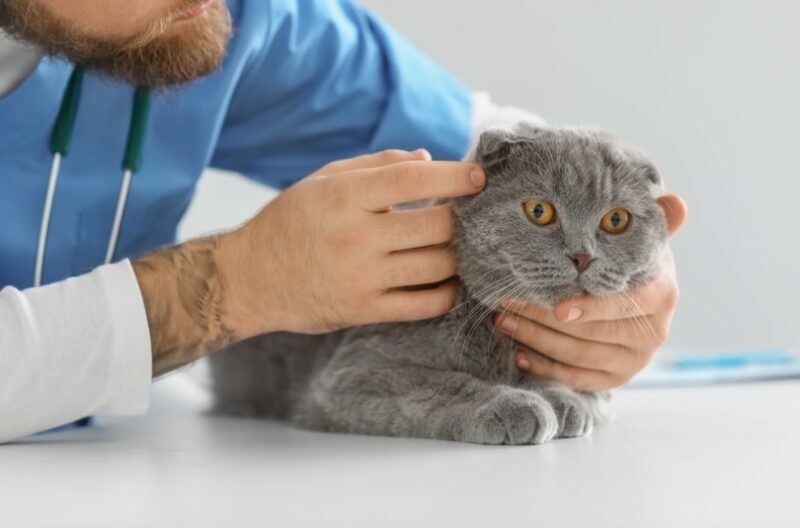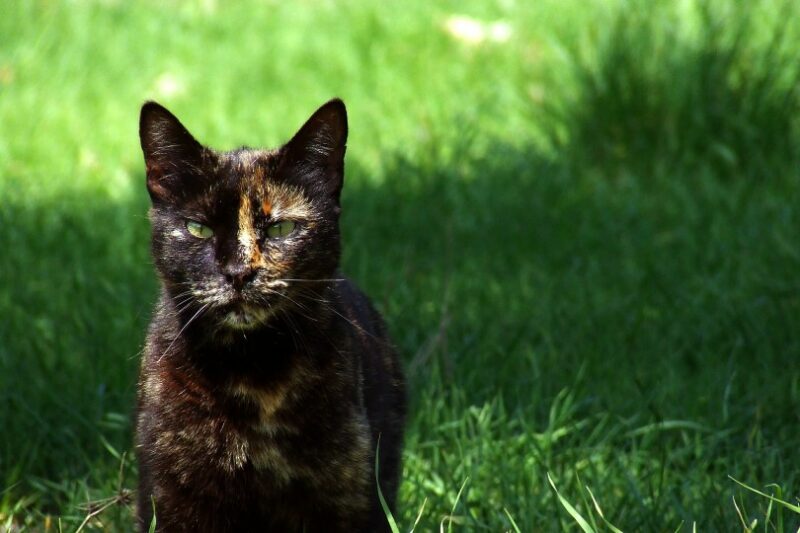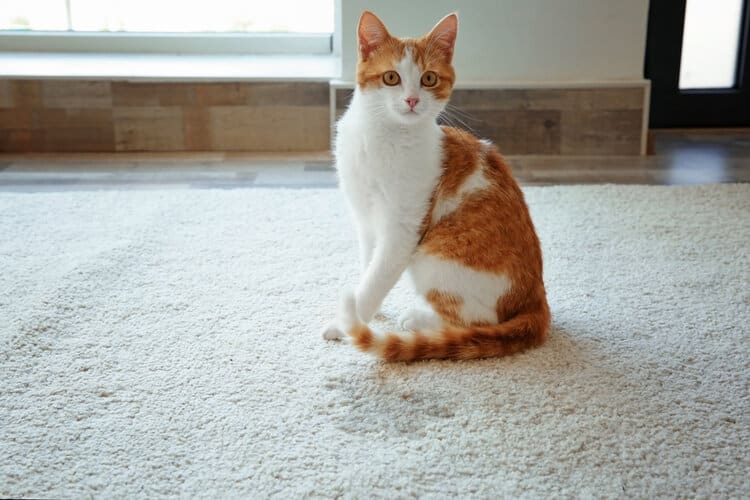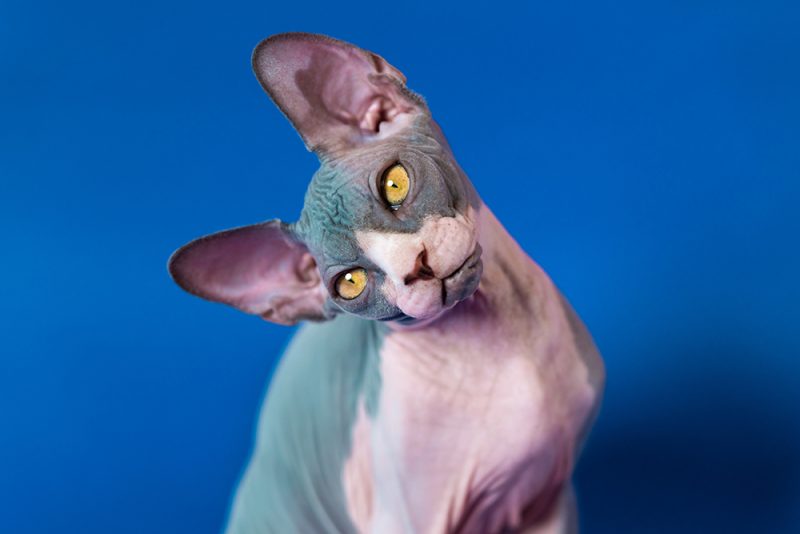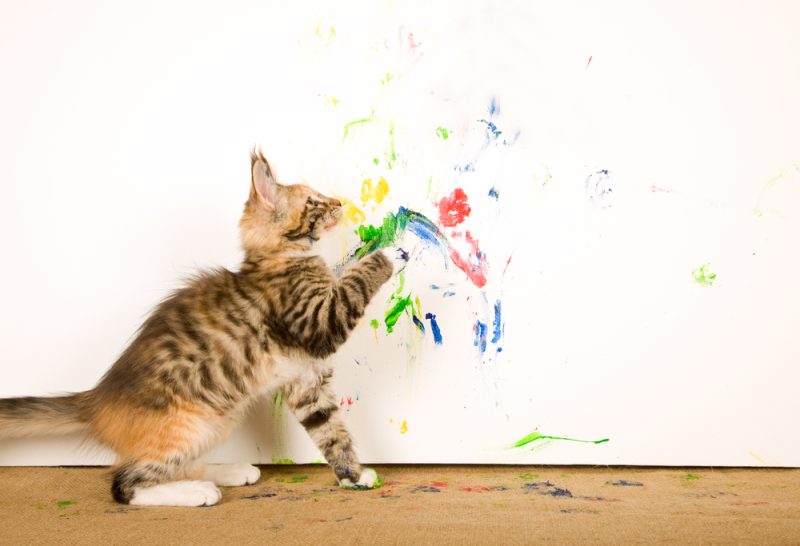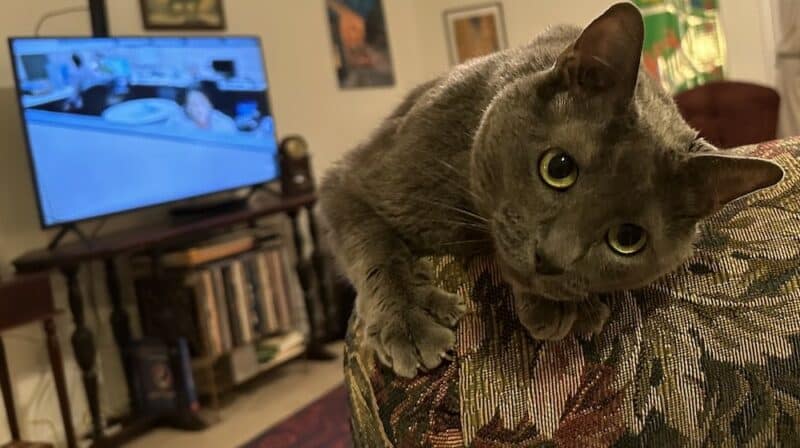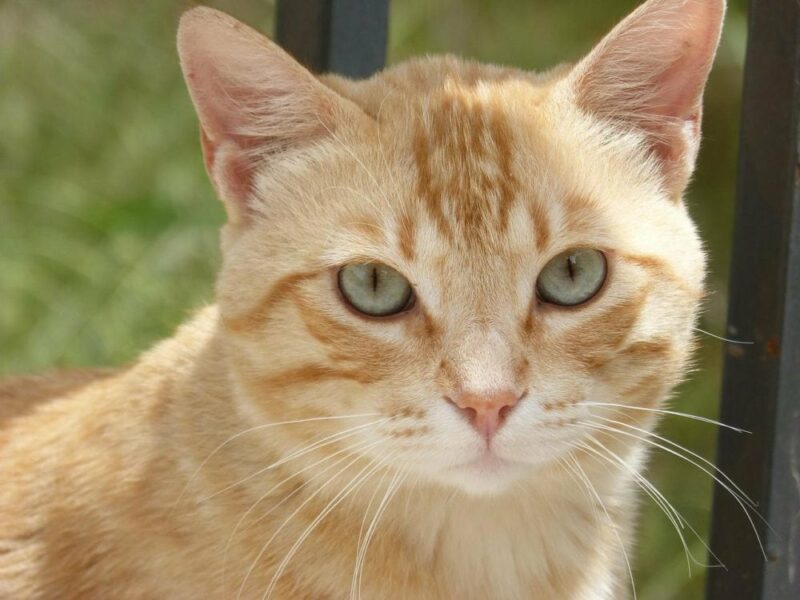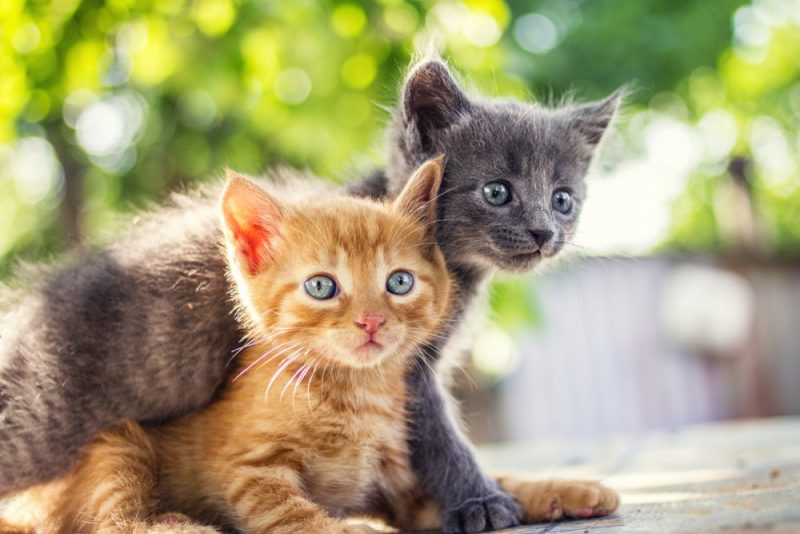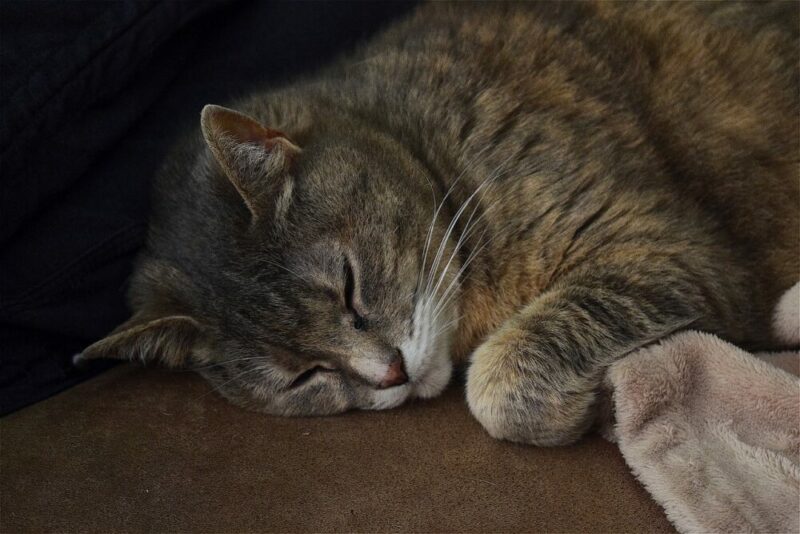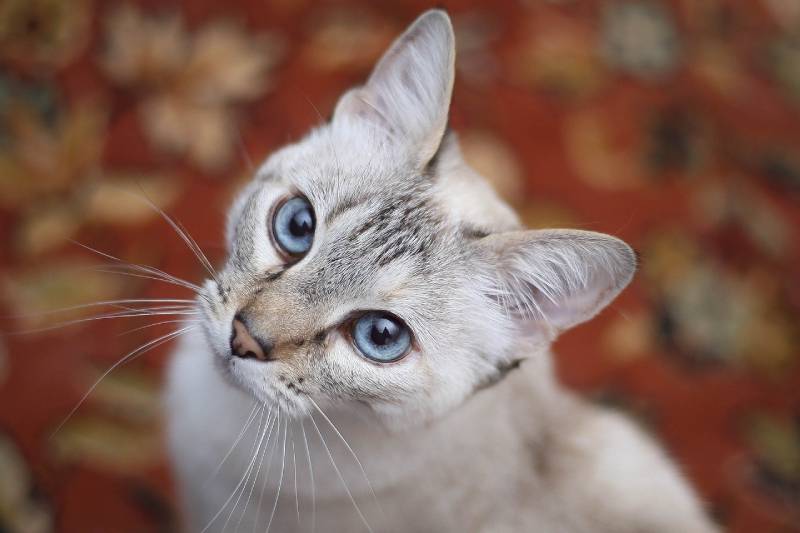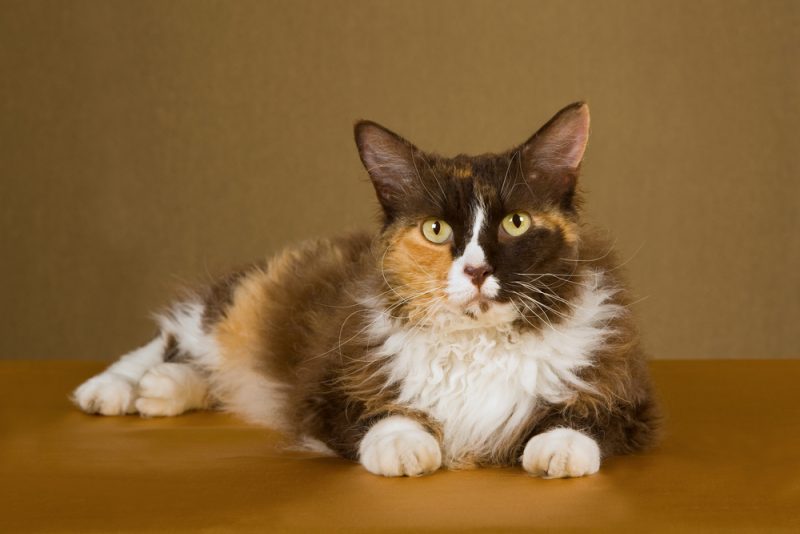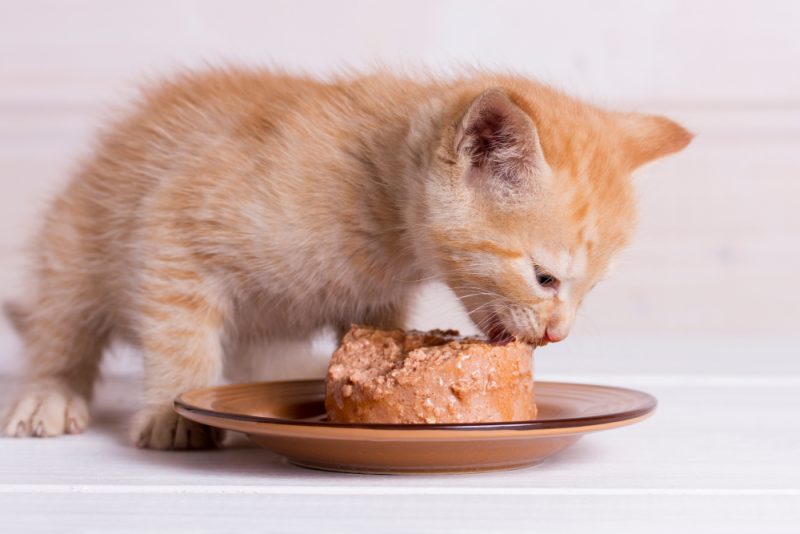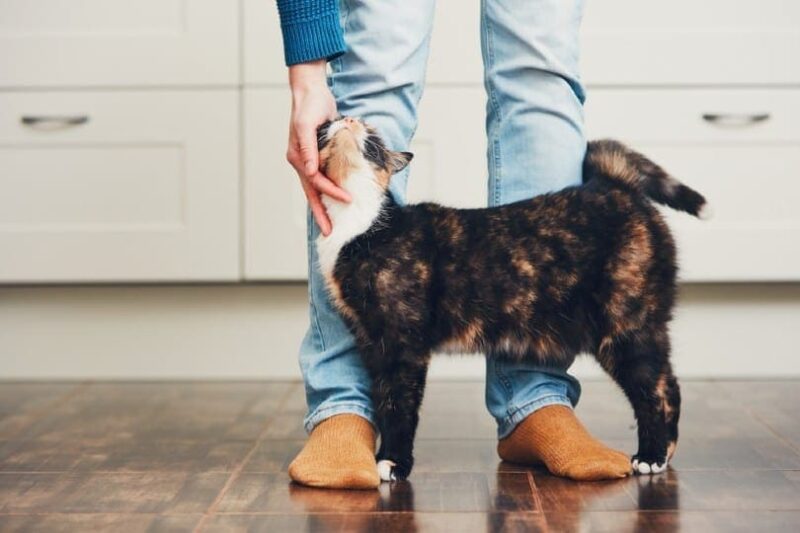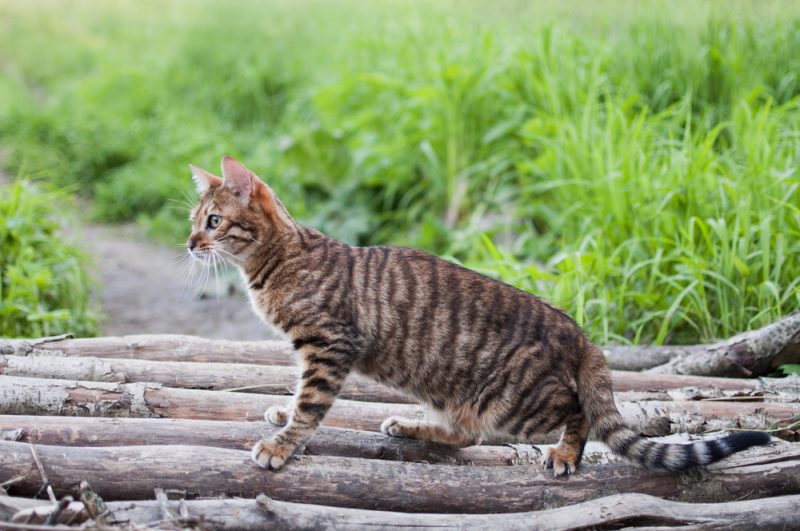My dearly departed feline friends Ichiban and Cyclops live on – in the form of photos, a lock of fur apiece, and a footprint alongside a sappy death poem I didn’t write. Their ashes are at my mom’s house, waiting for me to come home and scatter them in a suitably cat-friendly outdoor place. Others who want pet memorials might choose a pet cemetery or a home funeral, or even keeping their cat’s skull on the mantel.
It had never occurred to me to preserve the remains of my pets so I could continue to pet them and talk to them – but I’ve learned that some pet owners find taxidermy, mummification, or freeze-drying to be a way of keeping memories of their beloved pets alive.
In response of a growing media buzz about pet preservation, today I explore these fascinating options. They might seem gruesome, but they do appear to be catching on.

“Taxidermy is a booming field right now,” says Silverio Martinez, taxidermist at Martinez Brothers Taxidermy of Austin, TX.
Silverio, known to family and customers as Uncle Silver, is right. In the past couple of years, there have been three reality TV shows about the subject. Mounted in Alaska ran on the History Channel in 2011 for one season, but featured only wildlife, not pets. American Stuffers, which ran in 2012 on Animal Planet, also for only one season, dealt solely with pet preservation. In 2013, the AMC competitive taxidermy series Immortalized sparked an article in Time magazine about the “taxidermy renaissance.”1
The Time story includes this video featuring Brooklyn pet mummifier P.D. Cagliastro (a.k.a. “Sorceress”), who charges $800 to $4,000 to preserve a pet’s remains in the ancient Egyptian fashion.
Fascinated by death, former embalmer and forensic reconstructionist Cagliastro hopes to mummify a human soon. Like the Ross family of Romance, AR, who starred in American Stuffers, Cagliastro believes that preserving a pet’s remains is an act of love and respect. Her reverent attitude is drawn from the Egyptian belief in the sacredness of animals.
The Martinez family has a more recent, albeit still historic, approach.
“We do traditional taxidermy by hand,” says taxidermist Alex Martinez Jr., whose father purchased the business in 1975.
Since it opened, he estimates the family-owned company has preserved 10 to 15 cats, with five being full mounts, meaning that the entire body was re-created. He says the business has preserved a similar number of dogs.
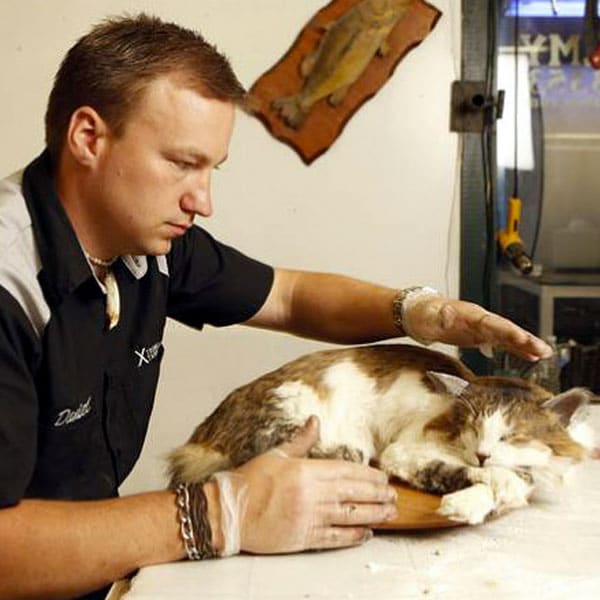
Often, pet owners will ask for a souvenir of their pet, a part – usually the hide or a paw – rather than the entire animal. Alex Jr. says the most recent cat customer had only her cat’s hide tanned.
Martinez Brothers charges cat owners $175 to $350 for a tanned hide, which is the same price as the hide of a bobcat. A whole mounting starts at $1,000; the final cost depends on species and size.
“If it’s a long-haired cat, the sutures are going to be covered by the hair, so that makes it easier,” Alex Jr. says. “It takes a little longer to do a short-haired kitty.”
When a customer wants a full mount, the hide is first separated from the carcass, which is frozen while the hide is being tanned. Once the skin is tanned, the carcass is thawed and positioned according to the pet owner’s wishes. (You might want your cat sitting up looking alert, or curled up to look asleep.) Then a cast is made with molding plaster. The hide is placed over the cast, re-creating the way the animal looked in life to the extent possible.
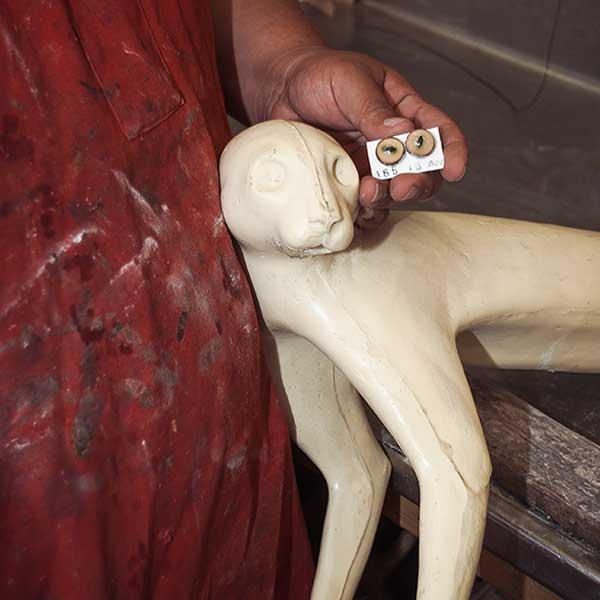
“Most people, if they get a full mount, want the cat to look like it’s sleeping,” Alex Jr. says. “We do everything right here in the shop, including the posing. Except we have to outsource the glass eyes.”
Freeze-drying is another option for your kitty. This is simpler than taxidermy, which involves a complicated process of tanning the hide and reshaping the animal in a lifelike position by filling the hide with polyurethane foam. In freeze-drying, all moisture is removed from the carcass while it is frozen in a vacuum chamber. The moisture removal can take a long time – as long s a few months for an average-size cat.
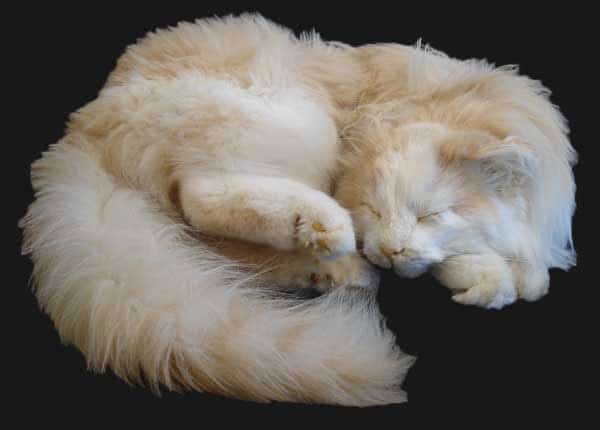
Pet preservation, like most things associated with death in our highly thanatophobic culture, has its detractors. Take the outrage sparked last summer by “Orvillecopter.” Dutch artist Bert Jansen turned his pet cat, Orville, into a helicopter after the cat was hit by a car. A taxidermist preserved Orville in a splayed-out position, and Jansen inserted an engine into the stomach and propellers on each leg. In June 2012, videos of the macabre machine went viral as Orville flew through the Internet. Jansen was quoted as saying that because his cat liked birds, and now could fly with them, he felt the Orvillecopter was a fitting memorial.
Animal rights groups demonized Jansen, saying that making a flying sculpture from his pet’s body was disrespectful to the cat’s memory. Many animal advocates and pet owners agreed. Some say having their animal preserved in a lifelike pose after its death would be a painful reminder of the loss. Others find it to be creepy and even disrespectful. However, a growing faction of people believe that preserving more than just memories of beloved animal companions is sacred as well as practical. As a former Pagan roommate of mine said of her cat, “When she dies, I’m going to make her into gloves.”
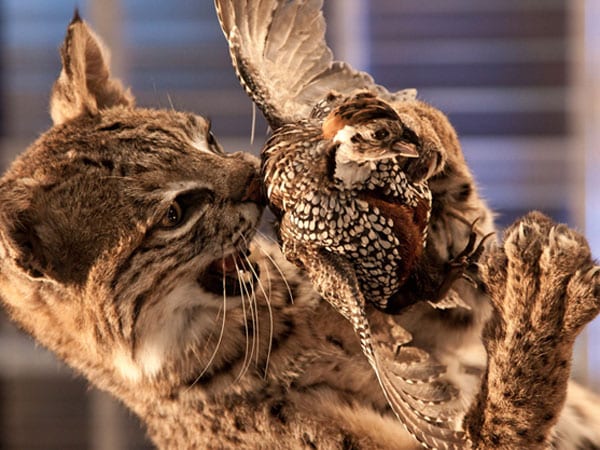
YouTube celebrity mortician Caitlin Doughty of Ask a Mortician has a webisode about pet death, suggesting all the options above. She also says you can plant a young tree and mix your pet’s ashes with the soil, but she doesn’t recommend the BiosUrn, a recycled paper urn made by a company that claims cremains have nutrients to fertilize the tree.
“Cremains are completely inorganic,” she says in the video “Pet Death.” If you go this route, make sure your pet’s ashes are mixed with plenty of soil and fertilizer.
If you’re interested in pet preservation – whether taxidermy, freeze-drying, or mummification – choose your postmortem artist wisely. Photos of bad animal preservation abound online, with websites dedicated to grotesqueries of unlucky critters frozen in bizarre poses, grimacing horribly, or staring like zombies with big glass eyes. Sometimes, it’s best to be content with photos of your pet while alive and happy. Body preservation is an art, and it is difficult – as with any art – to do it well.
Have you thought about how you might pay tribute to your departed cat? If so, would you consider body preservation? Why or why not? Let us know in the comments!
Featured Image Credit: Nektarstock, Shutterstock
